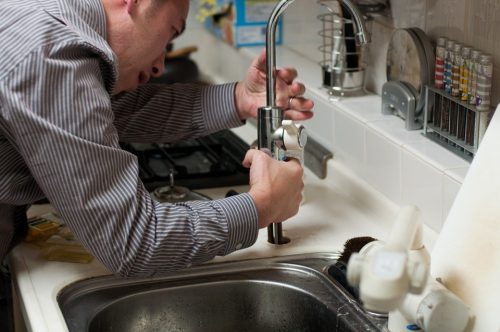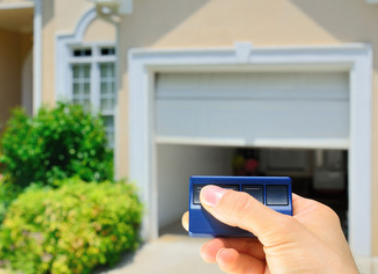
Plumbing 101 – Know the Basics
|
|
Plumbing is a topic that tends to intimidate most homeowners. And while it is always a good idea to utilize a licensed, plumbing professional for your plumbing needs, it never hurts to understand the basics. There are a lot of intricacies to the many different plumbing systems that exist, so we won’t get into the nitty-gritty details of everything; however, a general overview of how things work will give you the knowledge to help you evaluate any potential plumbing issues in your home’s system. And once you get finished with this article, don’t forget to check out the rest of our blog for more information on a wide variety of other home improvement-related topics.
Supply and Drainage Systems
Every home is made up of two subsystems – the supply and drainage systems. These systems work just as you might think. The supply system brings in fresh water. The drainage system removes wastewater. The water that comes into your home is under high pressure. This pressure makes sure the water is able to spread out through every pipe into every area of your home. Your wastewater works with gravity. This water travels out of the pipes that are all angled downward. There are also a series of vents and traps located throughout your home that are designed to support the drainage of wastewater.
Cold Water and Hot Water
The water that flows in from your main supply is ready to go for cold water. It’s the hot water that needs a little extra attention. The water that comes in from the main supply needs to go through a hot water heater before it is sent back out to your appliances and fixtures throughout the home.
Water Shut-Off Valve
Every home has a main water shut-off valve for the supply system. In case of a major leak, or if you are doing any work on a water-based appliance, it is essential to know the location of this valve in your home. There are valves on other pipes within your home that can turn off the water in certain sections; however, turning off the main valve will stop the water from flowing through all of the pipes within your home. This is your safest bet in the event of a pipe-flooding emergency.
Copper or Plastic Pipes
There are advantages and disadvantages to both copper and plastic pipes. Regardless, you will have one source of piping running throughout your home. It’s important to know which kind of piping you have in your home so that you can understand the materials needed if a plumbing project arises. Having this knowledge will help you understand the costs associated with your pipes. For example, plastic piping, such as PEX (cross-linked polyethylene) piping, will be much cheaper than copper piping. Again, an experienced plumber will make sure that you are using the right type and sizes of your pipes.
We hope this basic plumbing overview will give you an idea of how things work and what to look for when it comes to the system in your home. When it comes time to bring in a licensed, professional plumber, look to the Repairman App for the easiest way to find the most qualified plumbing experts in your area. And don’t forget to sign up for our newsletter to receive the latest news and updates.
Download the FREE Repairman app from your favorite app store today and connect with professional service Providers near you!
(Available for iOS and Android)








